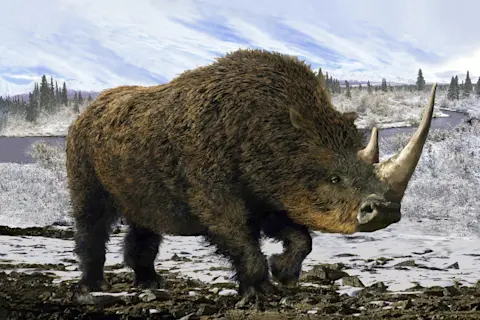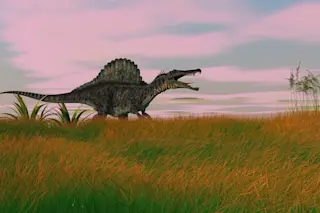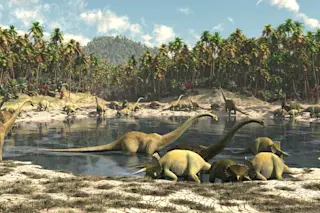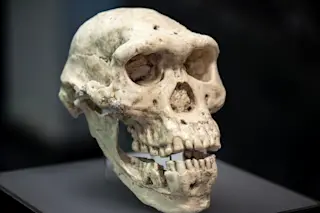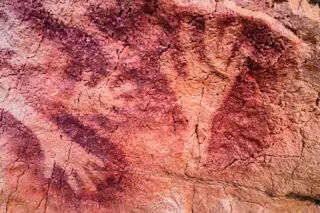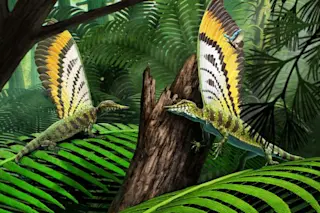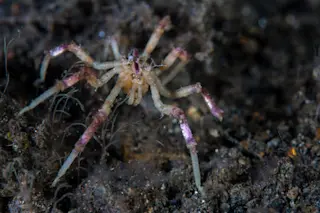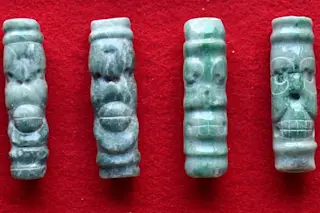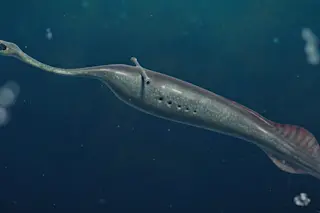A team of scientists has successfully recovered a protein sequence from a 20-million-year-old rhino tooth, providing new insights into the deep evolutionary story of the species. These insights are not only helping us learn more about rhinos’ past, but also providing clues for how we can save the endangered species today.
The new study, published in Nature, is truly groundbreaking, with the fossilized tooth providing the oldest protein ever sequenced and expanding the boundaries of paleontology beyond where anyone thought they could go.
“This study is a game-changer for how we can study ancient life,” said Ryan Sinclair Paterson, postdoctoral researcher at the Globe Institute, in a press release.
Read More: Northern White Rhino Genome Could Help Save the Species from Extinction
Ancient rhino tooth (Image Credit: University of York)
University of York
Normally, scientists are forced to rely on a fossil's size and shape, or the collection of ancient ...
